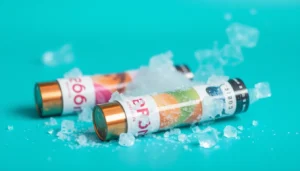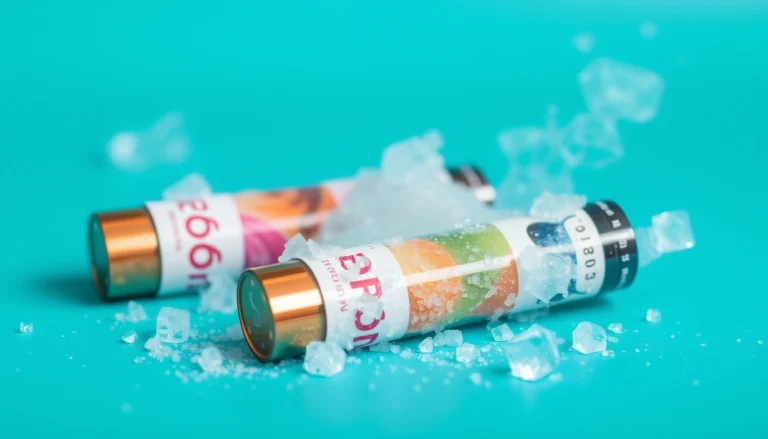Efficient Dog Food Storage: Keep Your Furry Friend’s Food Fresh and Tidy
Are you a loving dog owner who wants to make sure your canine companion is getting the best nutrition possible? One crucial aspect of keeping your dog healthy is storing their food properly. Not only does proper storage help maintain the nutritional value of the food, but it also keeps your kitchen clean and organized. In this article, we’ll discuss the importance of efficient dog food storage and share some tips and tricks to help you keep your dog’s food fresher for longer.
The Importance of Proper Dog Food Storage
Just like humans, dogs need fresh and nutritious food to maintain optimal health and energy levels. However, unlike humans, dogs don’t have the ability to open their own food containers and measure out the appropriate portions. This is where we, as responsible pet owners, come in. By storing your dog’s food properly, you ensure that they are getting the best possible nutrition without any potential risks of contamination.
Inefficient storage can also lead to food spoilage, which not only affects the taste and texture of the food but also puts your dog at risk of foodborne illnesses. Bacteria, mold, and pests can easily infest improperly stored dog food, making it unsafe for consumption. Furthermore, leaving your dog’s food out in the open can attract unwanted pests like ants, roaches, and rodents into your home.
How to Store Dog Food Efficiently
Now that we understand the importance of proper dog food storage, let’s discuss some tips and tricks to help you keep your dog’s food fresh and organized.
1. Choose the right container
The first step to efficient dog food storage is selecting the right container. Ideally, you want an airtight and moisture-proof container to keep the food fresh and prevent contamination. Plastic or metal containers with sealing lids are good options as they are durable and keep out pests. Avoid storing dog food in paper bags, as they are not airtight and can easily be chewed through by pests.
2. Store in a cool, dry place
Storing your dog’s food in a cool and dry place is crucial to keeping it fresh and free from spoilage. Avoid areas that are exposed to direct sunlight or high humidity, as these conditions can promote bacterial growth and mold. The ideal storage location would be a pantry or cabinet that is away from appliances, such as the stove or fridge, which emit heat and moisture.
3. Keep the food off the ground
Storing your dog’s food off the ground is another important step to prevent contamination. Not only can moisture and bacteria from the ground seep into the container, but it also makes it easier for pests to reach the food. Investing in a raised storage container or placing the food on a shelf is an effective way to keep it off the ground.
4. Maintain the proper temperature
Just like humans, dog food can go bad if exposed to extreme temperatures. It’s essential to store your dog’s food in a consistently cool and dry environment. The ideal temperature for dog food storage is between 50-80 degrees Fahrenheit. Avoid leaving the food outside during extreme weather conditions, such as extreme heat or freezing temperatures.
5. Don’t mix old and new food
When adding new food to your dog’s container, make sure to finish the old food before refilling. Mixing old and new food can cause contamination and spoilage, reducing the quality and safety of the food. Whenever possible, try to use your dog’s food within six weeks of opening the container.
In Conclusion
As a responsible and loving dog owner, it’s important to make sure your dog’s food is stored efficiently to keep it fresh and safe for consumption. By choosing the right container, storing it in a cool and dry place, keeping it off the ground, maintaining the proper temperature, and avoiding mixing old and new food, you can ensure your furry friend is getting the best nutrition possible. Proper dog food storage not only benefits the health of your dog but also makes your life easier with a clean and organized kitchen. For more tips on how to store dog food, click on this link: How to Store Dog Food. Keep your dog happy and healthy by implementing these efficient storage tips today!
References: PetMD
Disclaimer: This article is for informational purposes only and should not be used as a substitute for professional veterinary or nutritional advice.
For more tips on how to properly store your dog’s food, check out our article on How to Store Dog Food. Don’t forget to share this article with your fellow dog owners!















+ There are no comments
Add yours